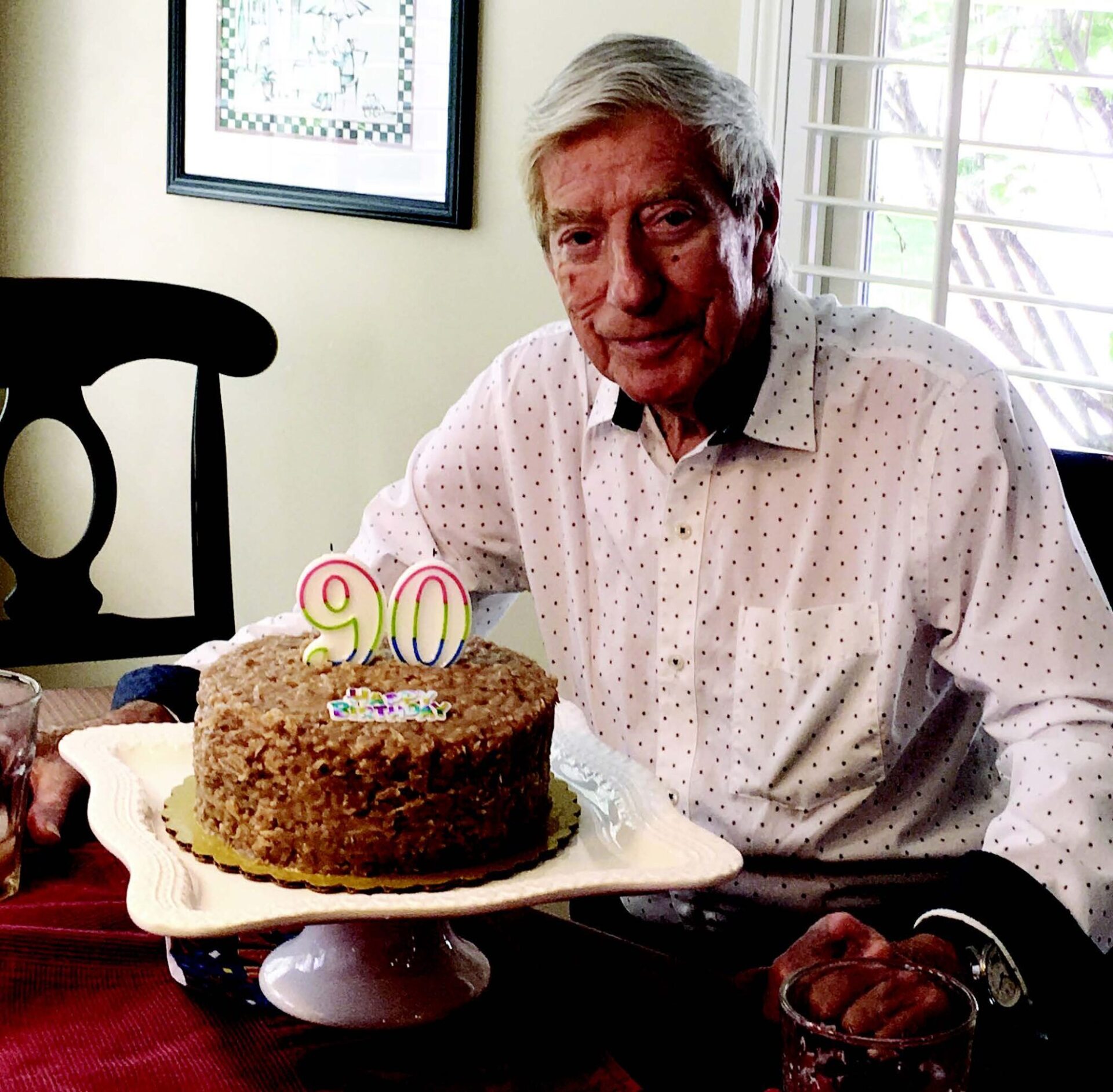- Find a DoctorDoctors by Specialty
- Cardiac Electrophysiology
- Cardiology
- Colon & Rectal Surgery
- Family Medicine
- Gastroenterology
- General & Vascular Surgery
- Gynecological Oncology
- Gynecology
- Infectious Disease
- Internal Medicine
- Interventional Cardiology
- Interventional Radiology
- Nephrology
- Neurology
- Neurosurgery
- Obstetrics & Gynecology
- Oncology
- Oncology & Hematology
- Orthopedic Surgery
- Otolaryngology
- Perinatology
- Psychiatry
- Pulmonary Medicine
- Radiation Oncology
- Rheumatology
- Sleep Medicine
- Thoracic Surgery
- Urology
- View All Doctors
- Our ServicesMedical Services
- Bariatric Services
- Behavioral & Mental Health
- Breast Care
- Cancer Care
- Critical Care
- Ear, Nose, & Throat
- Emergency Services
- Gastroenterology
- Glossary
- Heart Care
- Home Care
- Hospice & Palliative Care
- Imaging & Diagnostics
- Long-Term Care
- Nephrology
- Orthopedics
- Primary Care
- Rehabilitation Therapies
- Robotic-Assisted Surgery
- Sleep Services
- Spine Care
- Stroke Care
- Surgery Services
- Telehealth Services
- Urology
- Urgent Care
- Virtual Urgent Care
- Women’s Services
- Wound Care
- Our Locations
- Patients & Visitors
- About Us
On June 6, 2012, Parkwest Medical Center became the first hospital in East Tennessee to
perform a transcatheter aortic valve replacement (TAVR). In 2020 Parkwest celebrated its 1,000th
TAVR procedure and the lives that have been made whole by this groundbreaking technique for
treating aortic stenosis. Aortic stenosis is a narrowing of the aortic valve that results in reduced blood flow to the body.

Stepping into uncharted waters takes vision and courage, and the man who is the recipient of Parkwest’s 1,000th TAVR procedure understands that on a personal level. Bill Mackebee designs recreational water facilities, a business he’s been in for most of his adult life. He is 92 years
old. “I’m still working,” Mackebee says. “My son runs the business and I do all the design work and bid all the jobs. He picked up where I left off.” Mackebee had a TAVR procedure in summer 2020. He says his heart is in good shape, and so is he.
Guarding His Heart
“Most people don’t realize how old I am,” he says. “Age is just a number.” Mackebee has regular checkups with his healthcare providers, including his heart doctor. After aortic stenosis was diagnosed during a routine echocardiogram, Mackebee was referred to Parkwest cardiologist Ayaz Rahman, MD.

Dr. Rahman explains that in a TAVR procedure, the old heart valve is left in place and used as an anchor for the new one. There’s no need for major surgery. “A small tube is placed in an artery in the groin area, and the artery acts like a highway to the heart, precisely to the valve,” Dr. Rahman says. “The new valve is advanced through this tube and placed inside the patient’s native valve.” The new valve helps improve blood flow from the heart to the rest of the body. Patients can go home and live full lives again. That’s important for Mackebee, because he has work to do. Most recently he’s been designing swimming pools for apartment complexes in middle Tennessee and an indoor water park at a resort in Pigeon Forge.
Making a Way
In 65 years, Mackebee has designed countless swimming pools for homes and businesses, as well as water parks in New Jersey and Myrtle Beach, South Carolina. Mackebee has built skate- board parks across the country, several miniature golf courses and patented a bomb shelter design during the Cold War. The first time Mackebee saw a built-in pool he was at a motel in Montgomery, Alabama. Fascinated and forward-thinking, he began asking questions. In 1954, he designed and oversaw installation of the first in-ground pool in Knoxville.
“Nobody ever heard of anybody building swimming pools,” Mackebee says with a laugh. “I was always ahead of my time in doing things like that.” When he found out none of the women in the neighborhood knew how to swim, he hired a swimming instructor and soon they were hosting a pool party to show off their newfound skills in the water. If Mackebee wanted to make something happen, he always found a way. That’s something he has in common with the TAVR procedure. When patients need a valve replacement but are too high risk for traditional open heart surgery, TAVR makes a way.
While Mackebee is well and active, open heart surgery could have been risky due to his advanced age. TAVR provided a safer means for the valve replacement he needed, just as it has for hundreds of Parkwest patients before him. “The service I had at Parkwest was just unbelievable,” Mackebee says. “Everything went just the way it was supposed to go and the results turned out the way they ought to be.” While his work is fulfilling, Mackebee has a lot to live for even if he chooses to retire. “I have three wonderful kids and they have wonderful kids, too,” he says. Thanks to TAVR, he is able to embrace every moment at work and at play. Mackebee is back in
the swim of things.
To learn more about TAVR and other cardiac services at Parkwest Medical Center, see your doctor visit TreatedWell.com/TAVR.
TAVR Revolutionizes Treatment of Stenosis: Patients’ Quality of Life Can Improve Quickly after Procedure
 Transcatheter aortic valve replacement (TAVR) has revolutionized the treatment of severe, symptomatic aortic stenosis and is quickly becoming the new standard of care. Miranda James, coordinator of Parkwest’s Structural Heart and Valve Center, never gets tired of the success stories. “Not even a week after discharge, TAVR patients call to sing praises about how much better they feel!” James says. “Our patients emphasize how their quality of life has drastically improved after having the valve replaced.”
Transcatheter aortic valve replacement (TAVR) has revolutionized the treatment of severe, symptomatic aortic stenosis and is quickly becoming the new standard of care. Miranda James, coordinator of Parkwest’s Structural Heart and Valve Center, never gets tired of the success stories. “Not even a week after discharge, TAVR patients call to sing praises about how much better they feel!” James says. “Our patients emphasize how their quality of life has drastically improved after having the valve replaced.”
James explains that when someone has severe aortic stenosis, even simple tasks become
difficult to complete due to shortness of breath and fatigue. The center uses a collaborative, multidisciplinary approach for the best possible outcome to improve each patient’s quality of life.
“TAVR is less invasive than open heart surgery and patients recover quickly,” James says. “The growth of TAVR has been driven by the heart team, rapid technology enhancement, simplification of the procedure and a striking reduction in complications.” Parkwest Medical Center strives to provide care that’s comprehensive and streamlined , with consideration and sensitivity to the needs of the patient. The coordinated effort to offer transcatheter aortic valve replacement has become an important part of that goal.
Symptoms of Stenosis
TAVR is for patients who have aortic stenosis. Signs and symptoms of aortic stenosis may include:
- Chest pain
- Shortness of breath
- Fatigue
- Dizziness
Heart Valve Disease
Heart valve disease happens when one or more of the heart’s four valves aren’t working the way they should. The valves are supposed to keep blood flow moving forward in one direction and keep blood from flowing backwards when it leaves the chamber of the heart.
Heart valve disease can have several causes. Some can be controlled and some can’t. There can
be changes in the heart valve structure as a person ages. Heart valve disease also may be the
result of a birth defect or an inherited disorder in the heart’s connective tissue. A damaged heart valve may leak or become narrow (stenosis), and heart valve disease can affect more than one valve at a time. While medicine can help ease some of the symptoms, a patient
must undergo a procedure to correct the problem.
























